Whenua Taurangi (Promised Land) is a story celebrating the love shared between cultural backgrounds, different socioeconomic situations and members of the LGBTQ community. In this bilingual interview, guest editor for Te Wiki o te Reo Māori, Vini Olsen-Reeder, chats to sisters Te Ara-Ripeka and Te Ama Rere Tai Rangihuna, who translated Adam Reynolds and Chaz Harris’s Promised Land into te reo Māori, to find out how Māori-speaking children are reading equality and freedom.
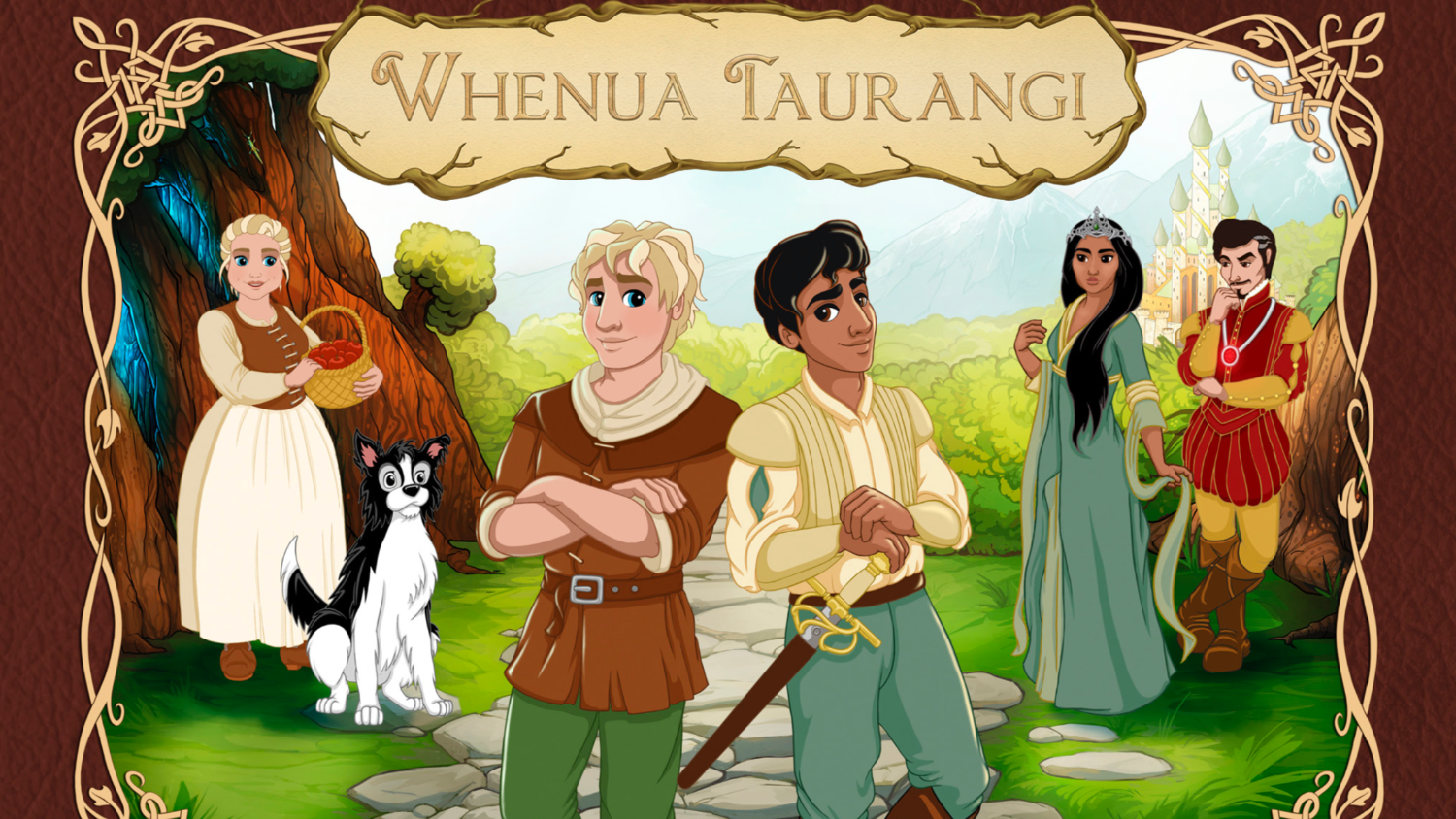
Vini: Tēnā kōrua! Thanks for talking to The Sapling! First of all, can one of you tell me a little about where you’re both from, and where your language comes from?
Te Ama: We’re sisters, from Ngāti Porou and Ngāti Kahungunu. Our family moved home to Hastings about five years ago, so we haven’t always lived here at home.
Growing up, we lived in a few places around the country and were lucky to have a pretty wide exposure to different dialects of Māori. We went to kōhanga reo, where our Dad taught too. We got most of our language from him. We continued on through Māori-medium education until finishing school. There are twelve of us kids all up.
I’m finishing off a Māori language and law degree at Victoria University in Wellington. Te Ara teaches kapa haka and lives in Hastings.
V: Awesome, thanks! Whenua Taurangi is such a fantastic contribution to the children’s literature world, but some of our audience might not have heard about it. Can you please tell us a little bit about it?
Te Ara: To quote the authors themselves, ‘In a Kingdom where all are equal regardless of what they look like or who they love, Promised Land is a fairytale about friendship, responsibility, adventure and love.’For me, Whenua Taurangi (or Promised Land) talks about two young boys from two totally different worlds and cultures. Jack, a restless young farm boy and a young Prince Leo meet in the forest. They become friends and their newfound friendship flourishes into love. However, when Gideon marries Queen Elena he seeks control of the enchanted forest, the forest that Jack’s family are responsible for protecting.
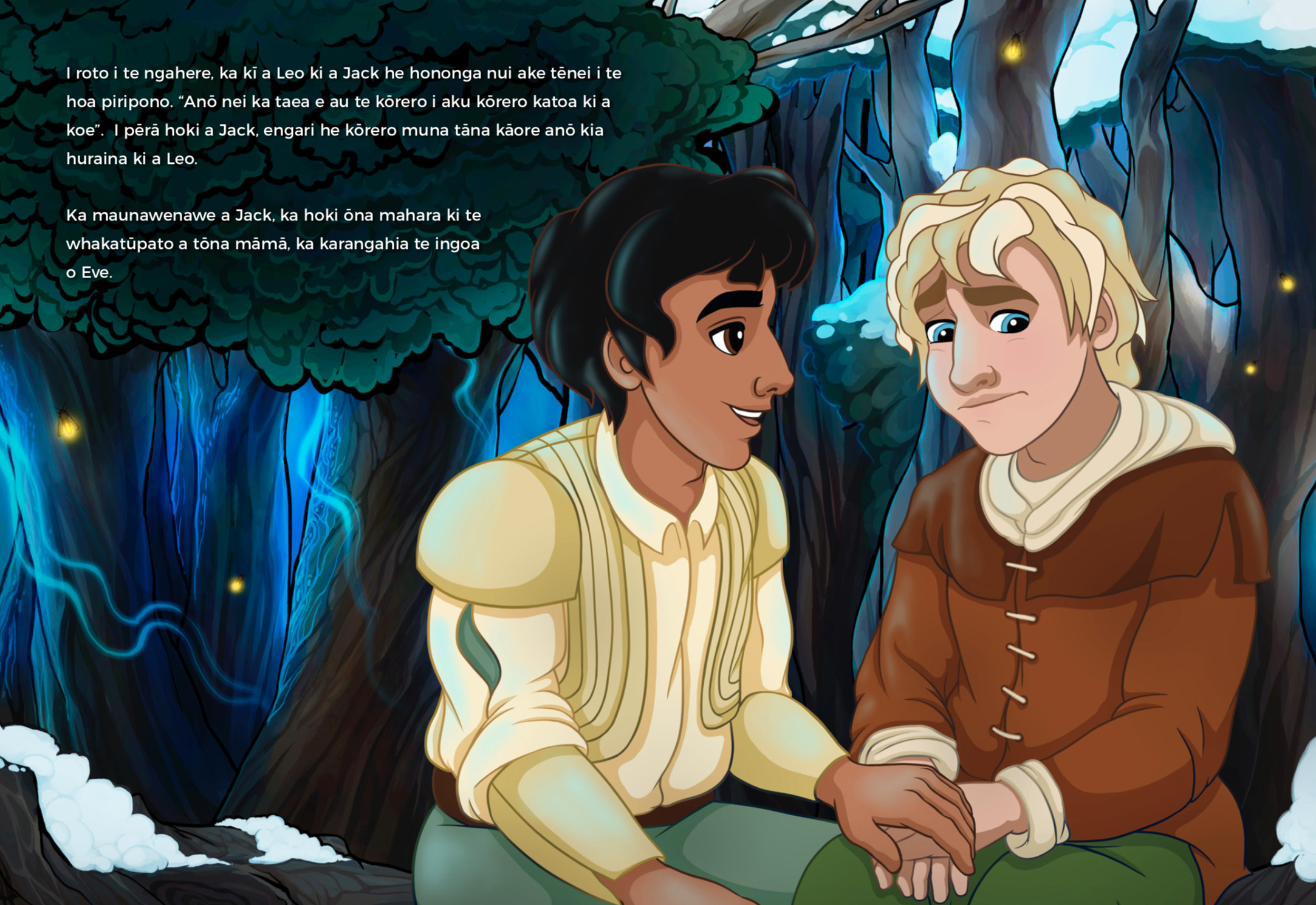
Te Ama: Āe, mōku ake ko te kaupapa matua o te pukapuka ko te aroha i waenganui i tētahi tokorua. Ko rāua tahi, he tama. Nō reira he kōrero mō te takatāpuitanga. He aroha kāore i whakaaetia e ngā mātua, ka mutu, e te ao. E āhua hāngai ana pea ki ngā kōrero nā Rūrūtao mō Rōmeo rāua ko Hūrieta heoi he tamariki kē ki tēnei pūrākau, ka mutu, he takatāpui. Ko te pakanga nui kia whati ngā here e wātea ai te tokorua ki te noho pūmau ki a rāua anō.
V: This is powerful content to work with, especially in a text for children. Have you translated a children’s book before?
Te Ara: This was my first time translating a whole book so I was grateful for the opportunity. It was such an honour to be asked to translate a book into te reo Māori.
Te Ama: Me au tahi, he tuatahitanga māku te pukapuka nei, e ihu hūpē tonu ana ahau ki ēnei mahi!
V: Now you’re both experts on book translation! Were there tough words or parts to translate? I feel like the lack of Māori language examples to follow might have made this quite complex, or does a blank canvas give you room to be creative?
Te Ara: There definitely were complexities in translating this book. We had never translated a whole book that was going to be published and made public, so we were nervous about that.
There were complexities in terms of kupu for this book like crimson and emerald, and some of the fairytale words. In some places we tried to capture the essence of the sentence without changing it too much. Sometimes that was unavoidable though, so there was leeway for creativity there.
Te Ama: Hei tāpiri atu ki ēnā kōrero, he kaupapa me uaua ka rangona i te pori ngutu. Nō reira, āe, i kitea ētahi kupu Pākehā kāore ōna hoa reo Māori. Māna, kāore au i mōhio he aha te hoa tika hei whakamahi māku!
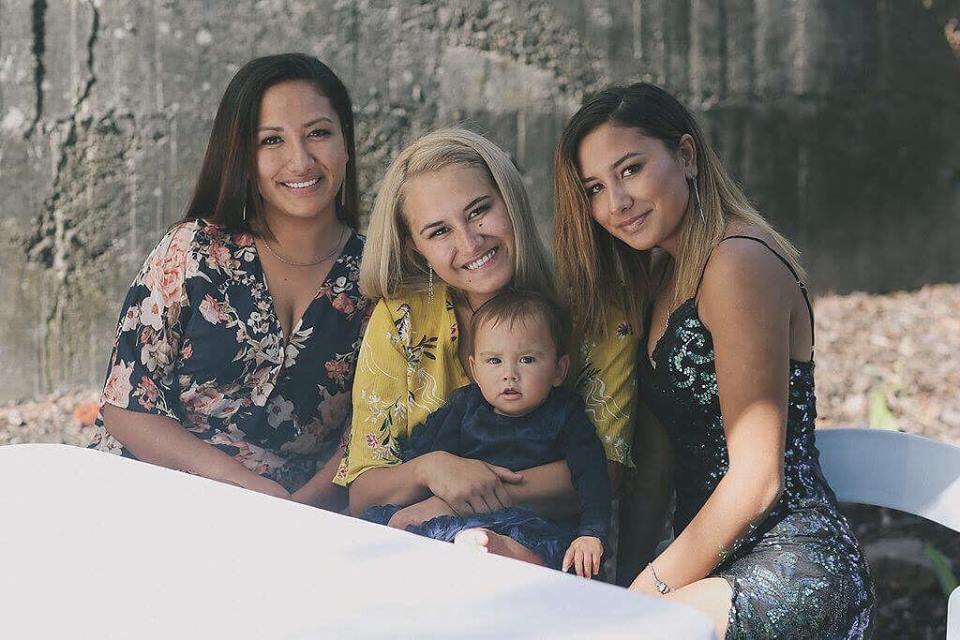
V: Yeah I think I understand what you’re both saying about the words. I feel like traditionally, Māoridom would have had a full capacity of language to ensure takatāpui whānau were encompassed in our ways of talking. The Western World has a lot of work to do in socialising better ways to use language – our gender neutral Māori pronouns are a good example of that. When you translated this text, did you feel like te reo Māori had all the language you needed?
Te Ara: Totally, I believe Maoridom traditionally would have had words that talk about a great friendship between people of the same sex. However, it might also be true that same sex relationships as a named concept, among with many other things, came with colonisation.
Te Ama: Āe, arā noa atu ngā kupu Māori. Ko te mate kē ia, e hoki ana ki tērā kōrero āku i runga ake rā, he ihu hūpē tonu ahau ki ēnei mahi nō reira i mahue ētahi kupu me ētahi momo rerenga ka pai ake pea te whai wāhitanga i ētahi wāhanga o te pukapuka.
V: Being inclusive of diversity is a contemporary shift for us in the Western World, whose history is infamously exclusive. Perhaps we are decolonising ourselves in the Māori world too, to return to former values of love and inclusivity. Is that true? I guess what I really mean is, the Māori world needs to be ready for books like this. Do you think we are?
Te Ara: This is an easy one for me to answer. We as translators are proud that te reo Māori can triumph again here. I think our world is forever changing and our reo needs to adapt to that world – to grow the language and our speakers.
Te Ama: E kore rawa pea tātau katoa e rite i te wā kotahi. E tino whakaaetia ana te takatāpuitanga i roto i te rangatahi o ēnei rā nei. Manohi anō, e whakaarohia ana ōku pakeke, rātau i whakatipuria ki tērā ao kāore i whakaaetia ngā āhuatanga pēnei i te takatāpuitanga. Ahakoa tēnei, e āta huri ana te tai. Me te aha, me huri, kia kaua rawa te tamaiti e rongo i te whakamā, kia kaua rānei ia e tūmeke ki tēnei āhuatanga. Ki te kore, ka kitea te tukuihotanga o ngā mate nui o te wā nei pēnei i te mate pāpōuri me te whakamomori. Nō reira, me rite.
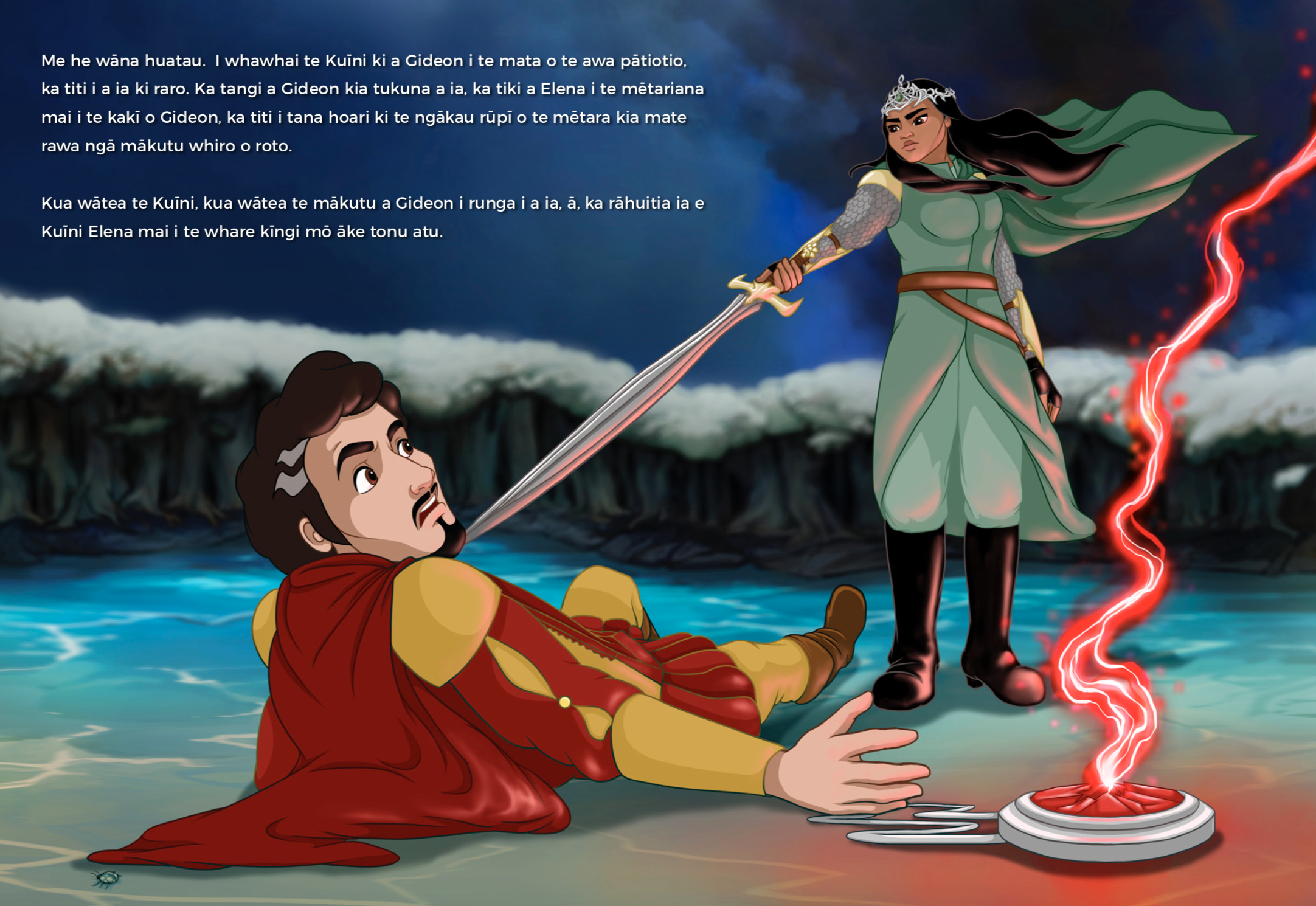
V: Absolutely! So we have this need to be inclusive in everything that we do, which includes writing books that respond to all of our children. Has this book been well received by takatāpui and Māori language audiences? Have you been able to read it to any children?
Te Ara: The Māori translation is an e-Book which means it is still untouched in terms of kura Māori. Many tamariki still enjoy reading hard copies as well, so there is a real need to take this book further. Whenua Taurangi is only the beginning of many more pukapuka Māori like it. For me as long as the language is being used in quality ways, it is growing and that’s great.
Te Ama: Kāo, kāore anō ahau kia pānui i te pukapuka nei ki tētahi atu, tamariki mai, pakeke mai rānei. Ko taku whakapae, e noho manuhiri tonu ana tēnei kaupapa i ēnei rā nei. Heoi, i kōrero atu au ki taku matua kēkē mō te pukapuka nei, kua roa nei ia e noho takatāpui ana. Ka mutu, i rawe katoa ia ki te kaupapa o te pukapuka, ā, ki te pāpāhotanga o te kaupapa. Nā reira ka pai tēnā.
V: The book challenges many narratives we commonly see in children’s literature. There’s a clear intention to show love between people, and that’s manifested in LGBTQ characters, their different cultures and also their socio-economic backgrounds. And, that Queen is baller too! Why is it important to challenge these narratives?
Te Ara: I think it is very important that readers and writers feel free to step outside of the box and challenge those narratives. That takes an open mind and, with an open mind, anything is possible.
Te Ama: E whakapae ana i tuhia ērā kōrero rā hei turaki i te pōhēhē me pēnei, me pēnā rānei te tangata, tērā pōhēhē kotahi anake te momo o te tangata. E tika ana kia tau te wairua o te tangata, kia noho māori mai ai ia ki tēnei ao, ka tahi. Ka rua, he whakakotahi i te ao te whāinga. Kua whai wāhi atu tēnei pukapuka ki ngā tini reo o te ao katoa, nō reira he rautaki pai tēnei hei tuku i tēnei karere.
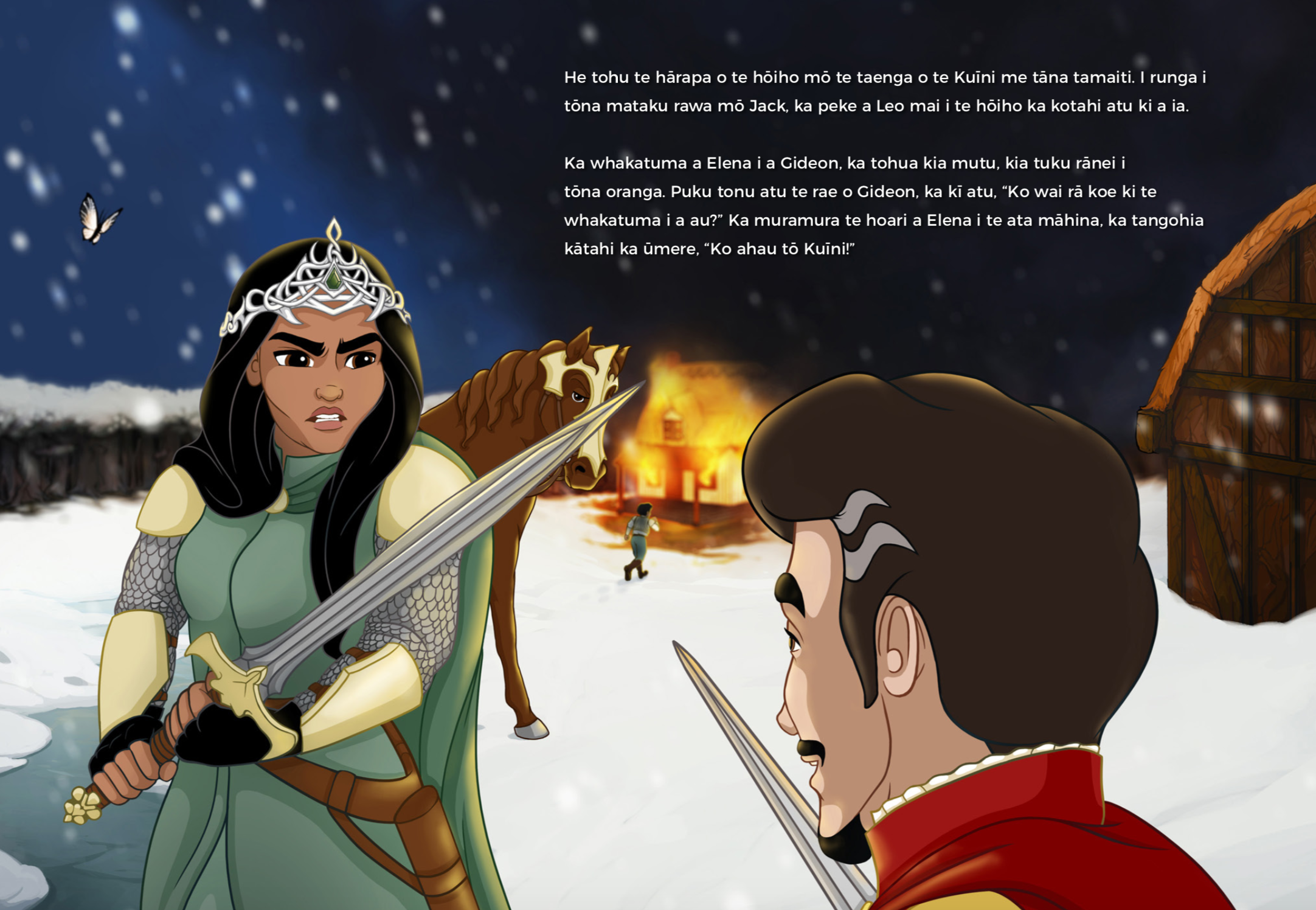
V: Thank you both for your time! I have one final question: what’s one thing in Māori language children’s literature we need right now?
Te Ara: One thing I believe we need in children’s literature right now is to translate all the fairytales and nursery rhymes into te reo Māori. There are generations that do not know that ‘Mary had a lamb,’ or have never heard of a ‘tuffet’ letalone ‘curds and whey’. Although problematic we still need the classics: Cinderella, Pocahontas, Snow White. All the old-time favorites that have a rich, imaginative vocabulary.
Te Ama: Ko ngā kōrero ā-iwi, ngā pūrākau, ngā pakiwaitara, e tangata whenua ai ēnei kōrero ki roto i ngā tamariki o ēnei rā nei. Arā noa atu ngā hua ka puta i tēnei mahi. Ka tahi, ka tuhia ngā kōrero ā-iwi ki ngā rae o te tamaiti. Ka rua, ka whai mahi te iwi Māori, tērā hunga e tuhi ana i ngā pukapuka. Waihoki ka riro mā tātau, mā te iwi Māori, e tuku ngā kōrero ki ā rātou mokopuna. Kaua ko ngā tāngata noa iho nō iwi kē.
To celebrate Te Wiki o te Reo Māori, the publishers of Whenua Taurangi are offering the book for half price: just use the discount code ‘SAPLING’ at checkout!
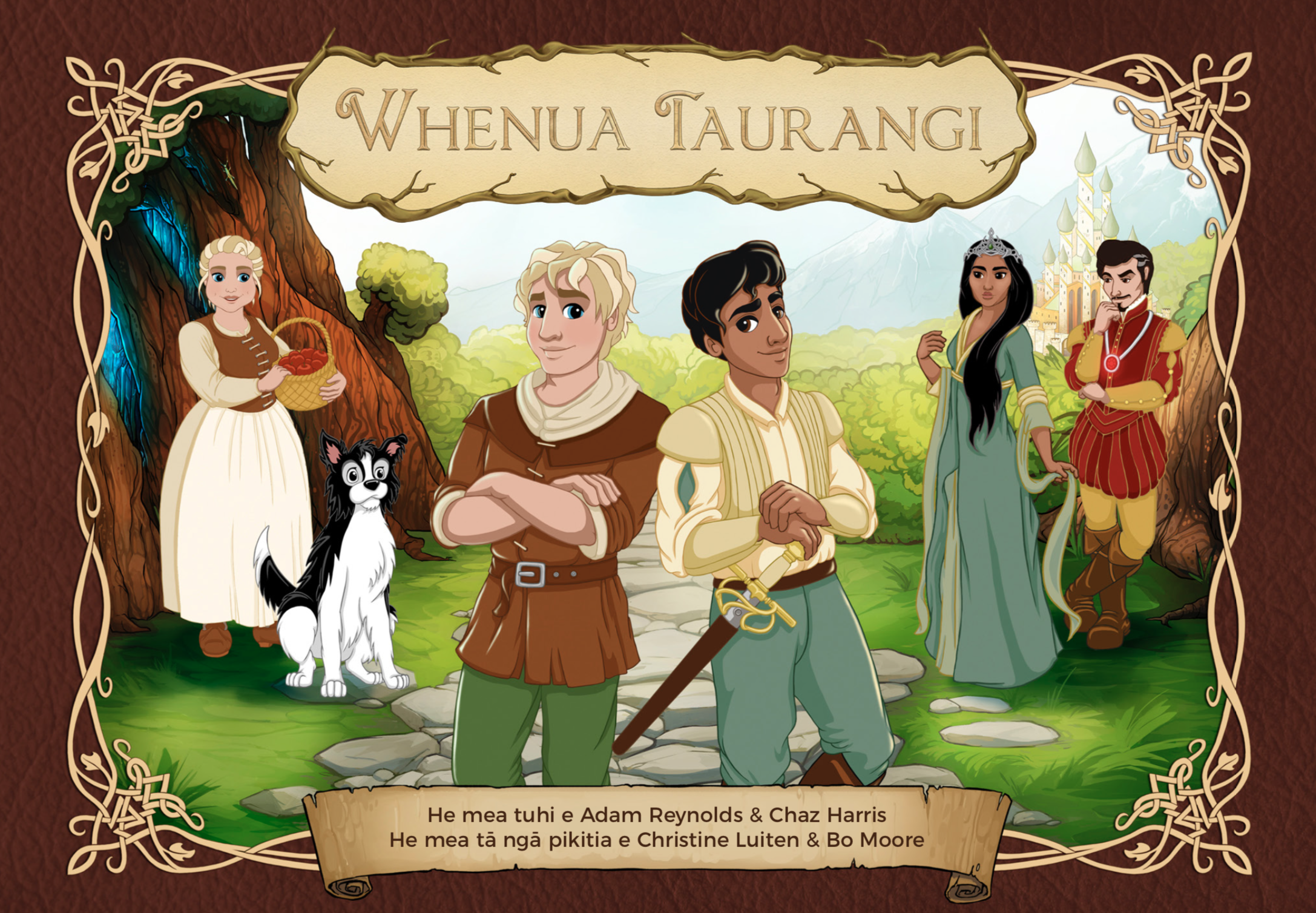
Whenua Taurangi
By Adam Reynolds & Chaz Harris
Translated by Te Ara-Ripeka and Te Ama Rere Tai Rangihuna
Illustrated by Christine Luiten & Bo Moore
Can be purchased online and in PDF form only here.
Vini Olsen-Reeder
Ko Koopukairoa te maunga,
Ko Waitao te awa,
Ko Rongomainohorangi te whare tipuna,
Ko Tūwairua te wharekai.
Ko Ngā Pōtiki a Tamapahore te iwi,
Ko Te Tauhou te tangata,
Ko Paraire te whānau.
Ko Vincent Ieni Olsen-Reeder ahau.
He kaiako reo ahau ki Te Whare Wānanga o Wikitōria.
He ngoke kai whārangi, he kaituhi, he ngākau nui ki te whai kia noho para kore.



